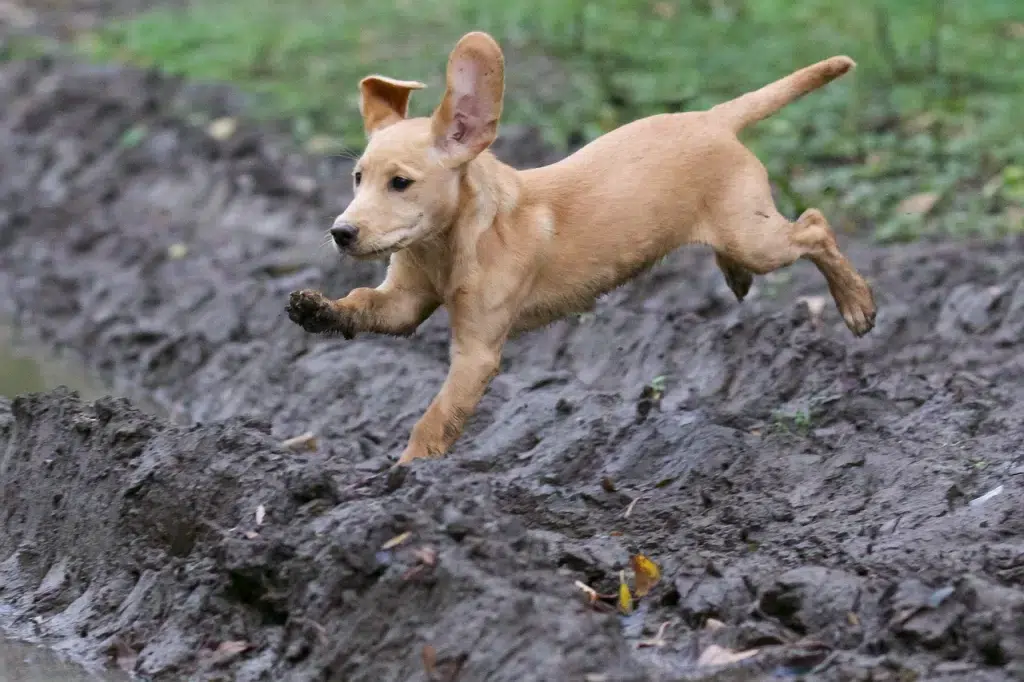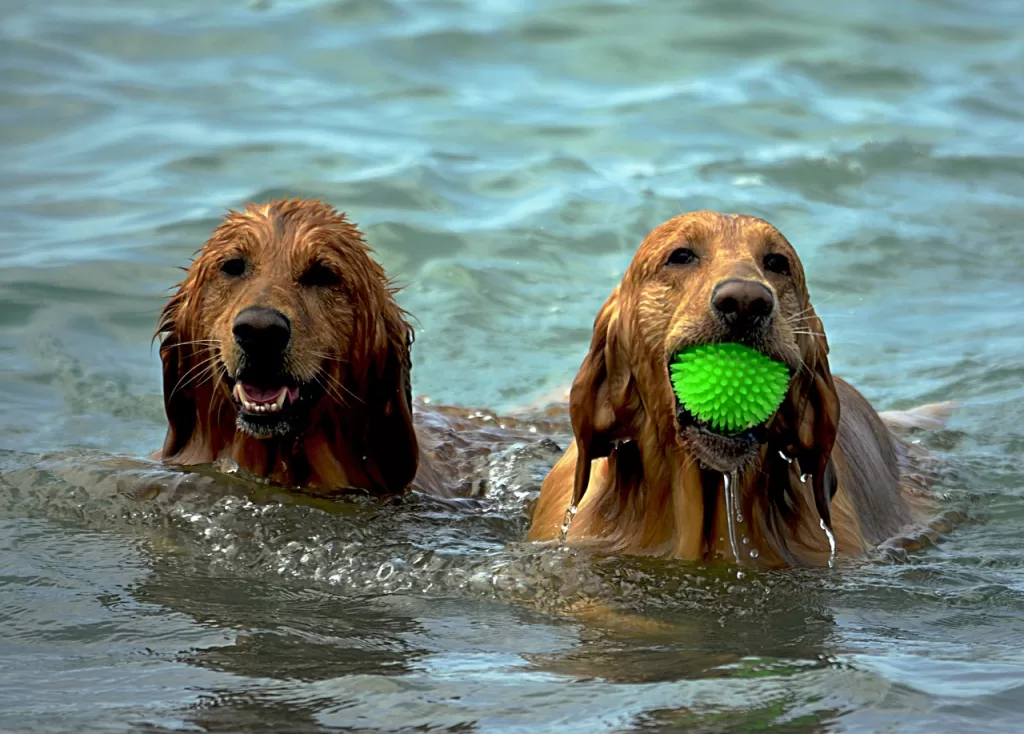The ABCs of Doggy Manners: A Guide to Polished Pups

Introduction:
Doggy Manners: bringing a furry friend into your home is a joyous occasion, but transforming that bundle of energy into a well-mannered companion requires a bit of training. Just like teaching the ABCs to a child, instilling good manners in your dog is a gradual process that involves consistency, patience, and positive reinforcement. In this guide, we’ll explore the essential “ABCs” of doggy manners, helping you shape your canine companion into a polished pup.
A – Attention and Affection:
The foundation of good doggy manners begins with attention and affection. Spend quality time with your pup, reinforcing positive behavior with praise, cuddles, and treats. Dogs thrive on the love and attention they receive from their owners, and by cultivating a strong bond, you set the stage for successful training.
B – Basic Commands:
Teaching your dog basic commands is akin to teaching them the alphabet. Commands like “sit,” “stay,” “come,” and “down” form the building blocks of good behavior. Use treats and positive reinforcement to reward your dog when they respond correctly, and practice these commands in various settings to reinforce the learning.
C – Consistency is Key:
Consistency is the linchpin of successful dog training. Establish clear rules and boundaries, and stick to them. Whether it’s not allowing your pup on the furniture or maintaining a regular feeding schedule, consistency helps your dog understand what’s expected, fostering a sense of security and stability.
D – Ditch the Bad Habits:
Just as you would correct a child’s behavior, address undesirable habits in your pup promptly. Whether it’s excessive barking, jumping on guests, or pulling on the leash during walks, tackle these behaviors with positive reinforcement for the right actions and redirection for the wrong ones.
E – Exercise and Enrichment:
A well-exercised dog is a well-behaved dog. Provide regular physical exercise and mental stimulation through walks, playtime, and puzzle toys. Dogs with ample outlets for their energy are less likely to engage in destructive behaviors born out of boredom.
F – Fun Training Sessions:
Make training enjoyable for both you and your dog. Use play as a reward and incorporate games into your training routine. This not only keeps your pup engaged but also reinforces the positive association between training and enjoyable activities.
G – Good Socialization:
Expose your dog to various environments, people, and other dogs from an early age. Socialization helps prevent fear-based aggression and creates a confident, well-adjusted pup. Gradually introduce your dog to new experiences and reward calm behavior in unfamiliar situations.
Conclusion:
Just like teaching the ABCs lays the groundwork for a child’s education, instilling good manners forms the basis of a well-behaved dog. By investing time,
patience, and positive reinforcement in your pup’s training, you’ll not only create a polished companion but also strengthen the bond between you and your furry friend. With the right guidance and commitment, your dog will graduate with flying colors from the school of good doggy manners.
The ABCs of Doggy Manners: A Guide to Polished Pups Read More »

